#artist is ludwig sckell
Text
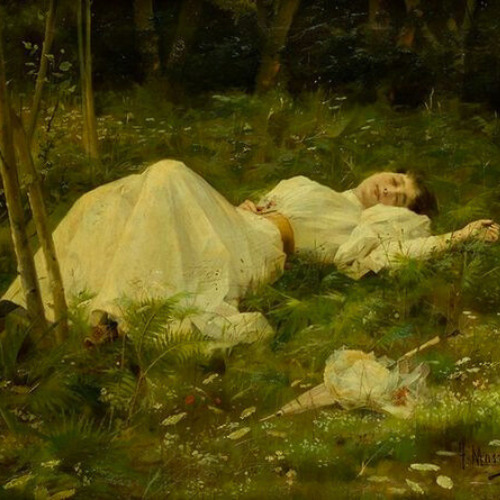
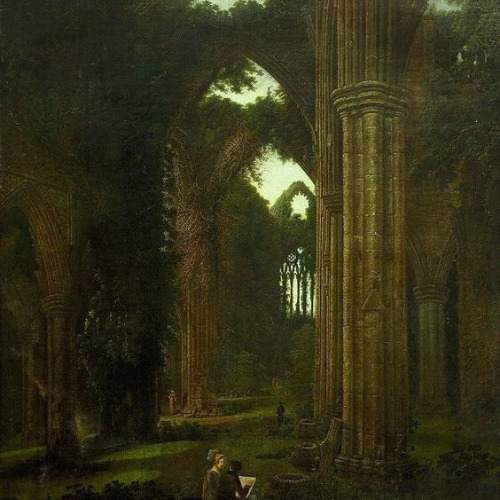
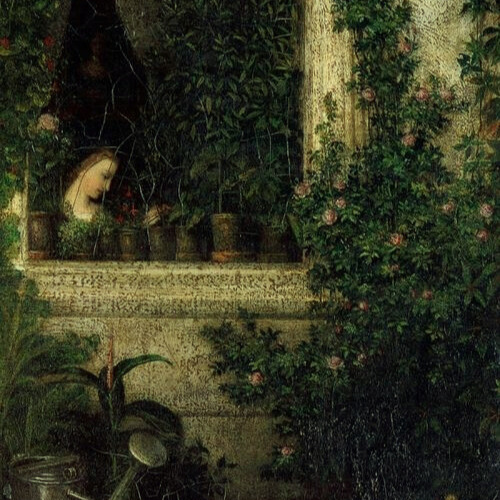

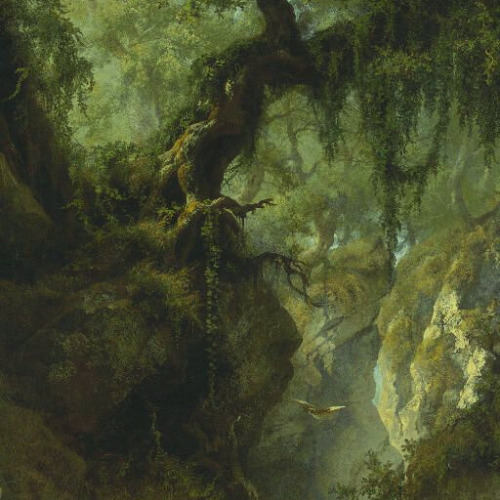


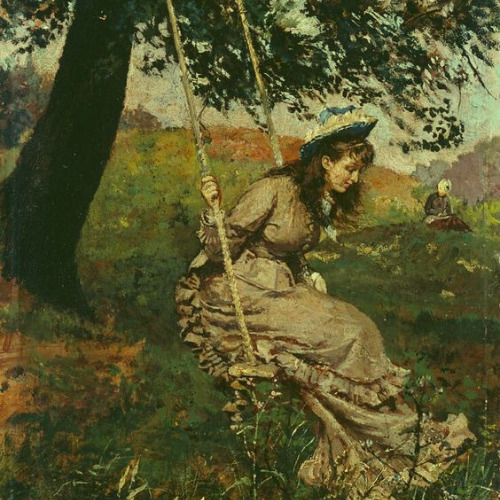

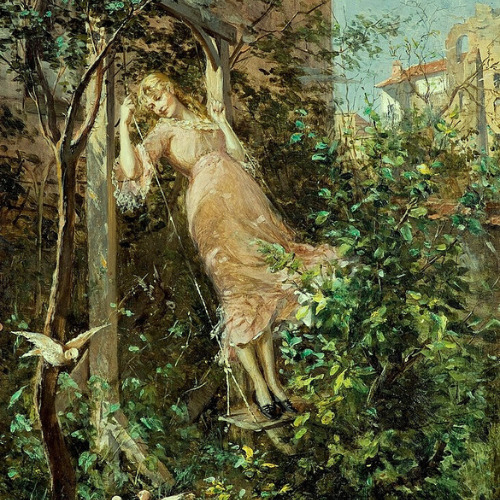


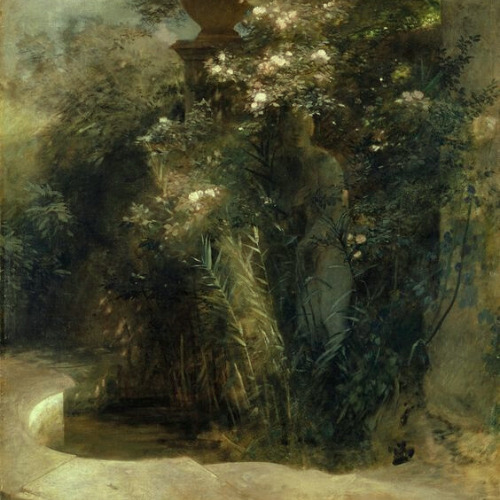
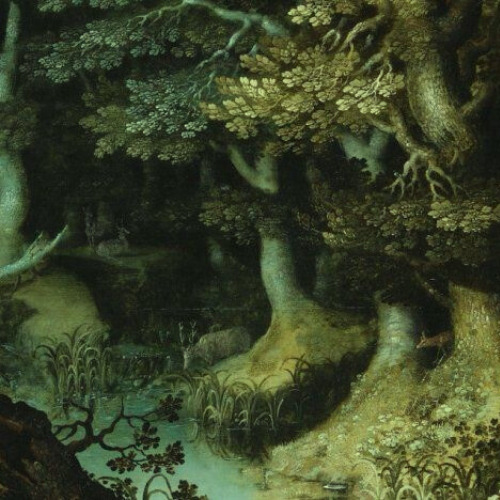

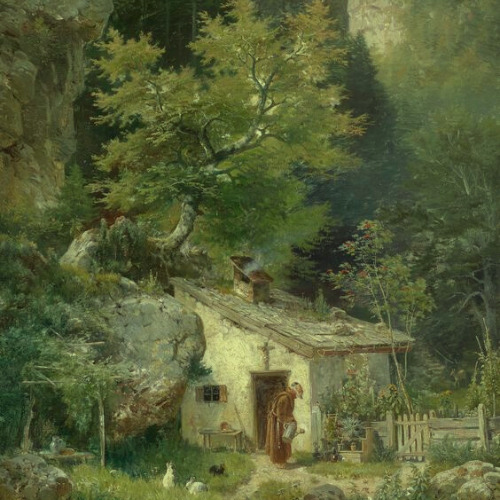





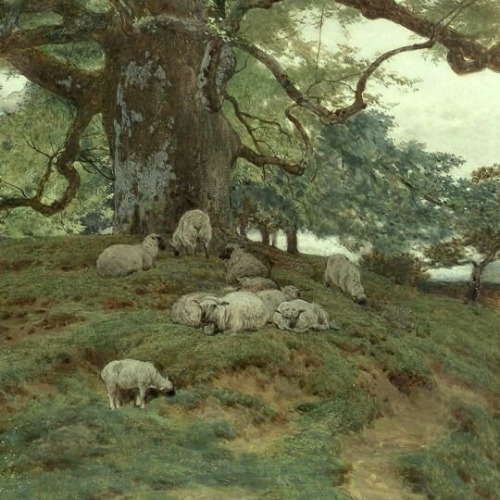
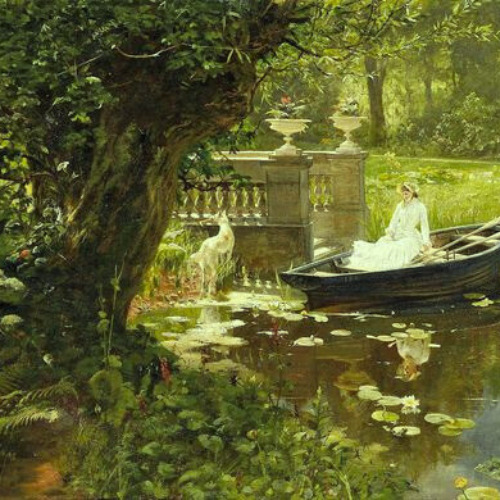
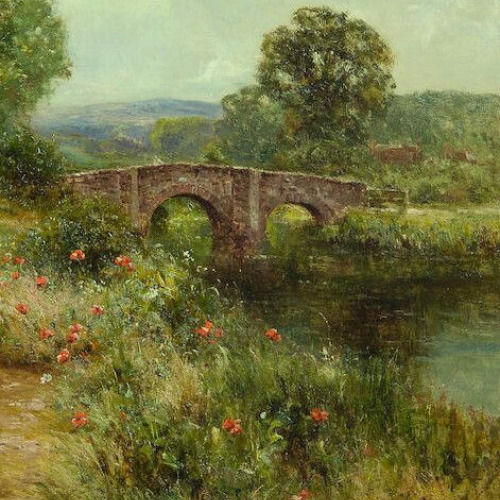
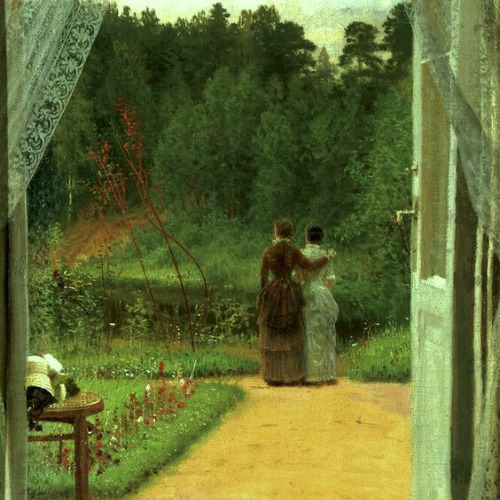

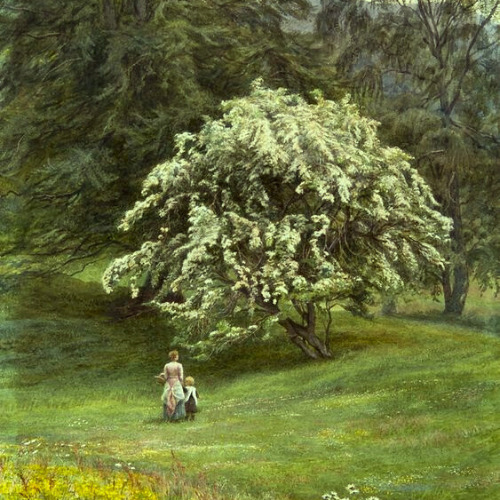
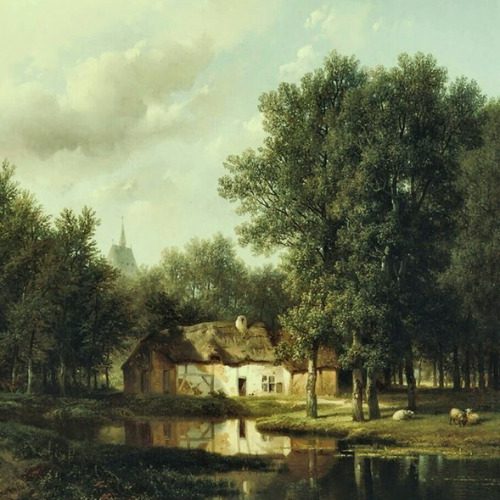
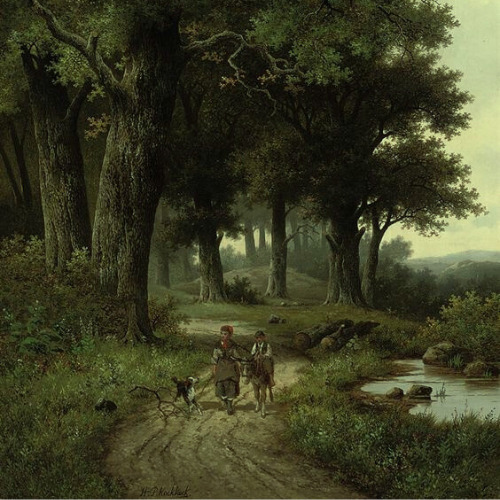

art aesthetics: cottagecore
#artist is francesc masriera#artist is samuel colman#artist is karel purkyne#artist is jan frederik pieter portielje#artist is giuseppe camino#artist is alfred petit#artist is gelhay edouard#unknown artist#artist is albert f laurens#artist is paul mewart#artist is kinuko y craft#artist is peter gardiner#artist is arnold bocklin#artist is cirosata bolarc#artist is hermann heinrich#artist is ludwig sckell#artist is carl ebert#artist is robert zund#artist is robert payton reid#artist is helen allingham#artist is frederick henry henshaw#artist is john dawson watson#artist is gustav marx#artist is ernest walbourn#artist is ivan nikoaevich kramskoy#artist is henry john yeend king#artist is edith martineau#artist is peter ludgwig kuhnen#artist is hendrik pieter koekkeok#artist is emil jakob schindler
393 notes
·
View notes
Text
History of the English Garden in Munich, Germany
This might be a bit long, but I’ve spent so much time looking up the information I figured I might as well post it on the blog in case I lose it.
Creation of Englischer Garten
The creation of the Englischer Garten began in 1777 with the passing of the Elector of Bavaria Maximilian III Joseph who died childless. Because he had no heir, the throne then passed to Charles Theodore, archduke and elector of the Palatinate. Theodore did not immediately take up the crown of Bavaria because he had many illegitimate children who could not inherit Bavaria nor the Palatinate. He prefered his court in Mannheim to the newly acquired territory in which he felt like a foreigner, and he sought land that he could pass on to his children. He tried to exchange part of the land in Bavaria for territory in the Austrian Netherlands but was unsuccessful although he did give away part of lower Bavaria to Austria. Despite being unliked by the citizens of Bavaria, he left a distinctive mark on the city of Munich through the creation of the Englischer Garten.
Theodore was a lover of the arts and spent a great deal of money promoting music and drama at his home in the Palatinate. By comparison Bavaria was undeveloped and had neither an army big enough to defend it nor resources great enough to govern it properly. Agriculture was the people’s way of life and there was little to no industry. Poverty was widespread and beggars made up about a third of the population.
Theodore’s chief military aid was a man named Sir Benjamin Thompson, later Count Rumford; a Loyalist who had fled back to the court of King George III after the American Revolutionary War. Thompson sought to reform the military in order to combat the problems of poverty and unemployment. Soldiers belonged to the lowest class in society and were destined for unemployment as soon as they became too old to serve anymore. Rumford’s idea was to create “military gardens” in order to turn soldiers into useful members of society during peacetimes. In February of 1789, it was decreed that these gardens would teach soldiers agricultural skills such as farming and gardening and would be located in each garrison city.
The very first of the military gardens would later become Englischer Garten. The chosen area for the Munich military garden was the swampy land near the River Isar called the Hirschanger meaning “Deer Park”. This land has been used as hunting grounds since the Middle Ages when it was not flooded. However, because this land was now to be divided up into small garden plots, expensive measures needed to be taken in order to prevent the plains from flooding. A river wall called the Riedl-Damm was constructed to prepare the land for what it is currently being used for today.
Thompson soon began to encourage Theodore to turn the garden into a public park in which the military garden would become only a small part. In August of 1789, the land in the Hirschanger, then known as Theodore’s Park, was devoted to the people of Munich. In spring of 1792 the park officially opened to the 40,000 citizens of Munich. It was one of the first public parks in the entire continent and today is one of the largest city parks in the world, bigger than Central Park in New York City as well as Hyde Park in London.
The Royal Gardener Friedrich Ludwig Sckell who had studied landscape gardening in England was chosen to supervise the development of the project. The park was planted with native trees and designed as an English style garden, hence the name Englischer Garten. It included a model farm, a cattle farm, a sheep farm, an arable farming school, a military garden, an area for arboriculture, several bridges, a Chinese Tower, and a veterinary school to tend to the cattle. Most of these projects quickly died out after the creation of the park but the veterinary school went on to become the Veterinary Faculty of the Ludwig Maximilian University of Munich. The Chinese Tower also still stands though it was rebuilt after being destroyed in a bombing during WWII.
Sckell introduced the concept of English Gardens to German experts through his writings about the style and his work with parks such as the Englischer Garten. He is regarded as the founder of English Gardens in Germany, a style of informal landscaping that separated from the traditional strict geometric gardens that were popular before the 1700’s.
Inspirations for the English garden style stemmed from French landscape painters such as Claude Lorrain and Nicholas Poussain, who depicted idealistic views of nature. There were influences from the East as well through descriptions of Chinese gardens that included winding pathways and irregularly placed rock gardens. Landscape architects like William Kent and Charles Bridgeman channeled these works of art and popularized the smooth lines and serpentine forms that soon replaced the rigid and symmetrical classical French garden as the dominant gardening style of Europe.
The typical English garden was built for a wealthy landowner with a large country estate and included rolling sweeps of green lawn that ran right up to the house, carefully placed groves of trees, a lake, bridges, and architectural structures built to resemble ancient greek temples or gothic ruins. Together it created the ideal pastoral landscape. Lancelot “Capability” Brown brought these scenic garden spaces to the forefront of fashion in the 1750’s through the creation of over 170 different gardens throughout his career. He is known for telling homeowners their estates have great “capability for improvement”. After working under both Bridgeman and Kent, Brown began to simplify the garden style by eliminating geometric structures, alleys and parterres. Parterres were formal gardens built over flat ground and made with planting beds arranged in symmetrical patterns interwoven with paths. These were developed in France and were hallmarks of the gardening style there, which Brown replacing in favor of rolling lawns that broke into expansive views containing belts and scatterings of trees. He sought to make the landscape appear larger and created artificial lakes that used dams and canals to give small streams the illusion of rivers that flowed through the garden.
The English style of gardening was a “gardenless” form of landscaping that was easier and cheaper to maintain than the trimmed topiary gardens that were popular before. Soon the style began to spread throughout the continent inspiring the creation of Munich’s public Englischer Garten.
When Thompson, the creator of the military garden, left Munich in 1789, he was replaced with Baron von Werneck under the continued guidance of the head gardener Sckell. Werneck tried to make the garden pay for itself through agricultural use and farming, but ended up spending more money than he generated. To accomplish his efforts, he doubled the area of the park by expanding it to include an area known as the Hirschau, the place north of the Hirschanger. In 1800, the military gardens were added to the park too along with an artificial lake called the Kleinhesseloher See. The name of the lake takes after the Kleinhesselohe, a gateway at the original northern limit to the park leading to the Hirschau. The park warden had set up a beer shop for the workers of the park by the watch house at the gate, but because passer-bys loved to stop at it the shop was soon expanded to serve milk and cold foods. The improvements made to the park turned out to be very costly, mostly from the changes that needed to be made to turn the Hirschau into farmable land. In 1804 the new ruler of Bavaria, Maximilian IV Joseph made Sckell director of the Bavarian garden system and removed Werneck, who was placed in charge of the corps of cadets and made Major General instead.
Sckell’s original vision for Englischer Garten was to create an uninterrupted expanse that played with light and shadow. He sought to design the park from an artistic sense and focused more on the landscape features rather than agricultural use. Although the garden has continued to change and expand throughout the years, Sckell brought the garden to its current form. By 1812 he increased the size of the Kleinhesseloher by one and a half times feeding it water from the Eisbach, a small artificial arm off of the River Isar. Three islands can also be found in the lake called King’s Island, Elector’s Island, and Regent’s Island. In 1815, an artificial waterfall was created in the Eisbach, or ice stream. Sckell continued to implement designs throughout the park in the image of a beautiful landscape garden until his death in 1823. Today, two monuments by the Kleinhesseloher honor the creators of the lake. One for Werneck, and one for Sckell, which were erected a year after his death.
Throughout the years, many features have been constructed in the park for users to interact with. These elements are largely what keeps the park so widely frequented. Today the park is used for a wide range of recreational activities including jogging, cycling, swimming, yoga, slacklining, skating, surfing, sunbathing, and sports such as volleyball, frisbee, and soccer. The park includes 78 km of pathways, 12 km of which are horse riding paths, 15 km of streams, over 100 bridges, and over 50 species of bird along with hedgehogs, squirrels, foxes, beavers, and rabbits. The total area of the park is 384 ha with 150 ha made of woodland, 187 ha made of meadowland, and 16 ha made of water. There are 4 restaurants and 4 kiosks in the garden, and over 5 million people visit annually.
The park is divided into two portions separated by the Isarring road: the peaceful Hirschau in the north and the livelier garden in the south. In the tranquil north, some of the meadows are grown long and mown for hay while other meadows are used as pasture for sheep. The north has two beer gardens, the Hirschau and the Aumeister. The Hirschau is very popular with the locals since it is separated from the tourist crowds while the Aumeister, which used to be the royal hunting lodge, is very beautiful but often has empty seats because it is at the very north of the garden. There is also an open air theatre in the north where performances are held in the summer. On sunny days, there can be as many people in a medium sized town found gathering in the open lawns of the south garden. Nude sunbathers can be found in the Schonfeldweise or Beautiful Meadow, and have been gathering there since 1960. The south garden is also where many of the famous sights are located such as the Chinese Tower, the Japanese Tea house, the Standing Wave, Monopteros, and the Kleinhesseloher See.
In 1789 a small circular temple, named the Apollo temple after a statue of Apollo was added to it in 1791, was erected in the garden near the Eisbach. The Eishach or Ice Brook is a small man made river and a side arm of the River Isar. The basis of the temple was tuff, a soft rock made from volcanic ash. However, the temple itself was wooden and fell apart by the early 1800’s. In it’s place is the Steinerne Bank or Stone bench, with the inscription “Here where you meander was once only wood and marsh.”
Once the Apollo temple had been replaced, Sckell’s original idea for a hilltop temple was commissioned. A small, round, Greek style temple called the Monopteros reaching 16 meters tall was designed and built on top of a constructed hill. The Hill and temple were finished in 1836. 10 ionic columns support a copper covered dome and the building also displays a polychrome stone painting. Monopteros is a photo favorite and offers a dazzling view of the Munich skyline.
The Chinese tower or the Chinesischer Turm is a 5 story wooden pagoda that is 25 meters tall and 19 meters wide at its base. It was built in 1790 after Rumford became inspired by the Chinese-style pagoda at London’s Kew Gardens. It is made to resemble the beautiful towers found in the gardens of Chinese emperors and was created as a symbol of a good, healthy, and rational rule comparable to the vast empire of China. The view from the tower gave citizens a new look at their overall landscape and enhanced the concept of leisure outdoors to appreciate nature; an idea which was still new at this time. Today, the Chinese tower beer garden is the second largest beer garden in Munich. It seats over 7,000 people at a time in benches arranged around the tower. Food stalls offer traditional beer garden foods such as fish on a stick or roasted chicken and horse drawn carriage rides through the park are offered at the entrance to the beer garden.
A past time at the tower that still takes place on the 3rd Sunday of July is the Kocherlball. During the late nineteenth century, about 5000 servants, laborers, soldiers, and students would come to the tower on Sunday mornings to dance to a brass band at 5am. The dance would end around 8 am so that everyone could return to work. It became known as the “Kocherlball” or the “Cooks’ Ball” and was forbidden in 1904 due to moral concerns. However in 1989 a the dance was revived to celebrate the 200th anniversary of the park. About 4000 people attended wearing historical Bavarian costumes and it is now celebrated every year on the 3rd Sunday of July from 5:30 am to 10:00 am.
To the south of the Chinese Tower stands the model farm called the Economy buildings. These were built near the end of the 18th century at the beginning of the parks creation. Today these buildings are occupied by the management of the garden as the farm is no longer in use.
Also near the Tower is a children’s carousel built in 1823. The Carousel was designed not only with horses to ride, but also with ibex, stork, and flamingo.
To the north of the tower stands a small Palladian building, constructed in an architectural style inspired by Venetian architect Andrea Palladio. The style is based off of symmetry, perspective, and the temples of ancient Greeks and Romans. Originally built in 1791 as an officer’s casino to be used by the army, it was later renamed the Rumford House named after the garden’s founder, Benjamin Thompson or Count Rumford. The dining hall, which can fit 150 people, earned the name Spiegelsaal or Mirror Room because it is adorned with mirrors. Today it is used as a cultural meeting place and learning center for children.
Located near the center of the park is the Kleinhesseloher See. Built in 1800 under Wernick and later improved by Sckell, the lake is a popular spot for visitors and offers pedal boats. Although, swimming is not technically allowed, visitors can often be found swimming in one of the many streams in the park. The small beer garden set up by the park warden eventually became the Seehaus or Lake House restaurant. It seats 2,500 people and was built in 1883 as a boathouse with food service. This was redesigned in 1935 with a terrace and then rebuilt again in 1985 with high ceilings, round arches, and a diversified atmosphere. It includes a restaurant, a beer garden, a banquet room, a conference room, and a pavilion by the lake. They also do cocktail parties, birthdays, and weddings.
The lake is constantly being fed water from the man made Eisbach or Ice Brook. Just past the bridge near the Haus der Kunst art museum at the very South end of the Garden, the river forms a standing wave about 1 meter high produced by a water pumping mechanism. This is popular surfing spot, but is very difficult to ride and should only be used by experienced surfers. Surfers have come there since 1972 and competitions have even been held there. The Summer Olympics of 1972 held an archery tournament on the Werneckwiese by the Kleinhesseloher See, an informal open meeting space used for football.
Also created in 1972 was the Japanisches Teehaus. This was added to the park in celebration of the summer Olympics of 1972. A Japanese garden was created with the teahouse on a small island in a pond near the art museum at the south entrance to the garden. The teahouse was gifted to Bavaria by Soshitsu Sen, a tea house master from Kyoto. This gift was given on one requirement, that the Japanese tea ceremony be taught and demonstrated. Traditional tea ceremonies still take place there, hosted by an authentic tea master that visitors can take part in. There is also a tea club that seeks to expand knowledge of the culture to the public.
The Englischer Garten extends from the edge of the Hirschau in the north at Emmeram bridge over the Isar River down to Maximilian Park, the Court Garden, and the Finance Garden in the south by the museum to the Royal Residence. When these areas are included the total area of the park expands to 427 ha. The park is enormous, as well as enormously popular, and Bavaria currently invests 2.7 million euros annually into its maintenance.
Links:
City Trees: A Historical Geography from the Renaissance Through the ...By Henry W. Lawrence https://books.google.com/books?id=He2WfcVi58sC&pg=PA142&lpg=PA142&dq=favorite+trees+from+englischer+garten+munich&source=bl&ots=Aoe4f-eAdF&sig=QLFagsPPtR3nOxnfuFnyvI2-Hrg&hl=en&sa=X&ved=0ahUKEwjZov6kxfPTAhVERCYKHadtA9gQ6AEITzAK#v=onepage&q=favorite%20trees%20from%20englischer%20garten%20munich&f=false
http://www.muenchen.de/sehenswuerdigkeiten/orte/29935.html
http://www.munichbeergardens.com/Chinesischer_Turm
https://www.revolvy.com/main/index.php?s=Charles%20Theodore,%20Elector%20of%20Bavaria&item_type=topic
https://www.muenchner-stadtmuseum.de/en/sonderausstellungen/archive/2014/rumford-recipes-for-a-better-bavaria.html
https://www.revolvy.com/topic/Englischer%20Garten&item_type=topic
http://www.aviewoncities.com/munich/englischergarten.htm
https://www.revolvy.com/topic/Englischer%20Garten&item_type=topic
T. Dombart, Der Englische Garten zu München. Munich: Hornung, 1972. ISBN 3-87364-023-6
https://www.revolvy.com/topic/Capability%20Brown&item_type=topic
http://www.metmuseum.org/toah/hd/gard_3/hd_gard_3.htm
http://germanculture.com.ua/travel-to-germany/english-garden-in-munich/
http://www.buergerpark-muenchen.de/index.php?id=3
https://en.wikipedia.org/wiki/Reinhard_von_Werneck
http://www.schloesser.bayern.de/englisch/garden/objects/mu_engl1.htm
http://visit-munich-bavaria.com/englischer-garten-english-garden
http://www.kuffler.de/en/seehaus.php
https://www.lonelyplanet.com/germany/munich/attractions/englischer-garten/a/poi-sig/409152/1320849
http://www.guiddoo.com/munich-travel-guide/unwinding-at-the-englischer-garten
http://www.urasenke-muenchen.de/pages/teehaus/
0 notes